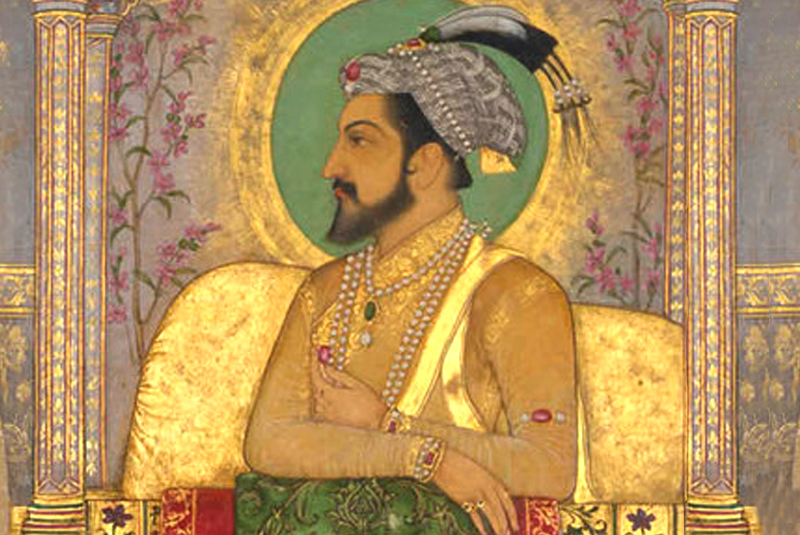
The Taj Mahal is a true architectural marvel, and its importance in the world of architecture cannot be overstated. Located in Agra, India, the Taj Mahal was built in the 17th century by the Mughal emperor Shah Jahan as a tomb for his favorite wife, Mumtaz Mahal.

The Taj Mahal is an example of Mughal architecture, which combines elements of Indian, Persian, and Islamic styles. The building is made of white marble, and its intricate details and delicate carvings are a testament to the skill of the craftsmen who built it. The Taj Mahal is also known for its symmetrical design and the use of intricate geometric patterns.
One of the most striking features of the Taj Mahal is its dome, which is topped by a lotus-shaped finial. The dome is surrounded by four smaller domes, and the building is surrounded by four minarets, or towers. The combination of these elements creates a sense of balance and harmony that is truly breathtaking.
But the Taj Mahal is more than just a beautiful building. It is also a testament to the ingenuity and skill of the architects who designed it. The use of white marble, for example, was a masterstroke. Not only does the marble give the building a luminous quality, but it also helps to reflect heat and keep the interior cool. This was particularly important in the hot climate of Agra, where the Taj Mahal is located.

The Taj Mahal is also significant for its cultural and historical significance. It is a symbol of the love between Shah Jahan and Mumtaz Mahal, and it represents the height of Mughal architectural achievement. Today, the Taj Mahal is a UNESCO World Heritage Site and a must-see destination for anyone interested in architecture or history.
In short, the Taj Mahal is an architectural masterpiece that continues to captivate and inspire people from all over the world. Its beauty, symmetry, and cultural significance make it an important part of the world’s architectural heritage.

